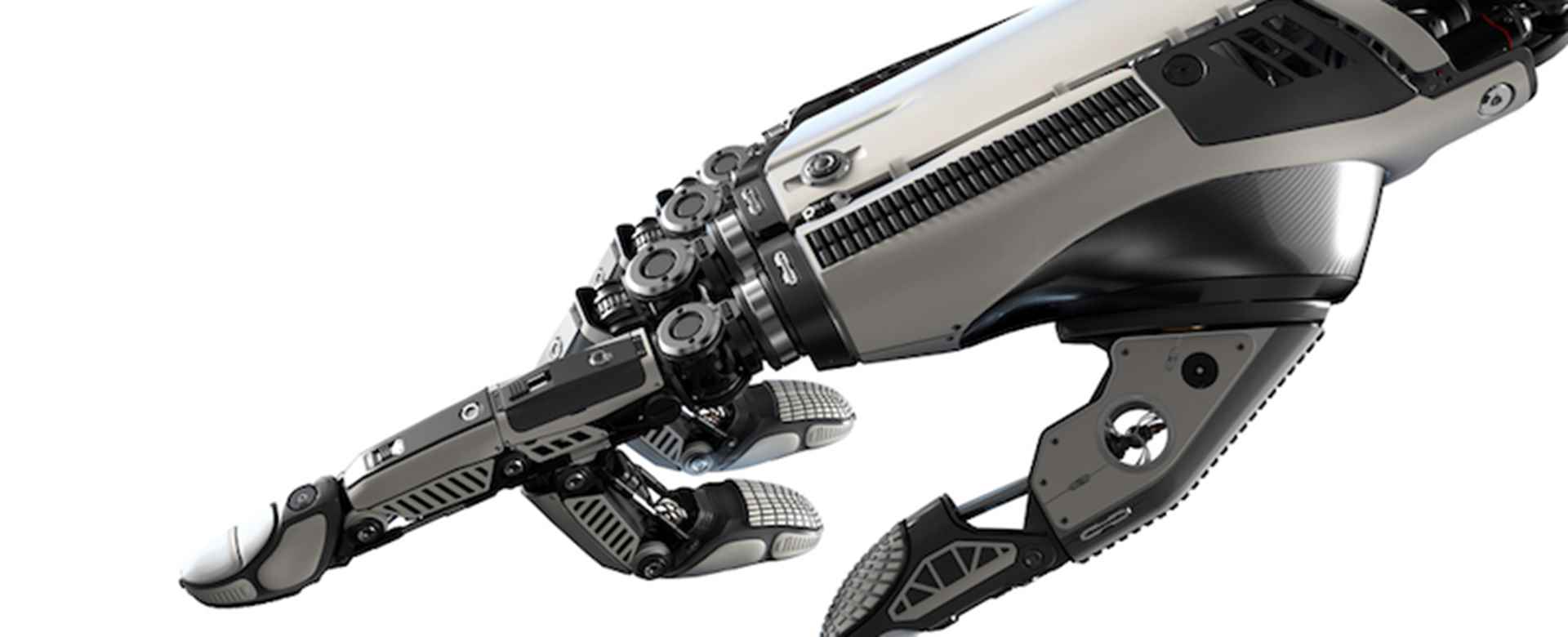While advancements in prosthetics are exciting from a technological perspective, they are also invaluable to the injured worker or veteran who wants to return to work. Amputations are the costliest injuries in workers’ compensation, as amputees require extensive care and rehab to return to work. Just as cell phones and computers have become more powerful and more accessible over the years, there is hope for the same to occur with prosthetics, for the sake of workers and the workers’ compensation system.
Historically, when individuals wearing prosthetic hands wanted to pick up a cup of water to take a drink, they had to watch their hands to ensure they grasped the cup with the correct pressure and lifted it to their lips. Now, a team at the Johns Hopkins Applied Physics Lab has developed the Modular Prosthetic Limb (MPL) that allows the wearer to feel what they are doing without relying on seeing what they are doing. More than 100 sensors in the MPL send signals directly to the wearer's brain. The feelings are not necessarily the same wearers would experience with their original limbs, and they may not be as precise, but this remains a gigantic leap forward for prostheses.
The MPL is not yet ready for the public. However a model may be available in a few years. It will need to be approved by the U.S. Food and Drug Administration and produced at a much lower cost, the New York Times reported. Mike McLoughlin, Chief Engineer of Research And Exploratory Development at the Johns Hopkins lab, stated the arms need to be manufactured at about one-tenth of the current $500,000 cost.
Looking to 3-D Printing for Prostheses
The cost of making prosthetic limbs is one of the major obstacles to bringing these adaptations to people who need them. However, with the rise of 3-D printing, there is now a more affordable way to build prostheses. The ability to 3-D print prosthetic limbs could enable individuals to purchase their own devices with their needs and preferences in mind. They would simply need the code to give to a 3-D printing company, something Open Bionics is working on, according to 3D Printing Industry. This process could give an individual a prosthetic limb for a few hundred dollars in a couple of days instead of thousands of dollars and weeks of waiting. Additionally, 3-D printing could be utilized by prostheses manufacturers building sophisticated devices like the MPL. This may be an option for bringing down the cost of more intensive and complicated prosthetic devices.
Prostheses and Insurance Coverage
Prosthetic devices and insurance have a tumultuous relationship at times. As technology advances and prostheses offer greater mobility for patients, insurers have had to quickly learn the facts surrounding when prostheses are appropriate and exactly which type of prosthetic limbs are necessary for patients. The variations between patient needs, prosthetic options and insurance plans can lead to denials and lengthy insurance processes for patients. At AMR, we offer medical case reviews that can evaluate whether a denied prosthesis is medically necessary and appropriate. One of our Board Certified physicians or licensed healthcare professionals uses evidence-based research to review a patient's request for a prosthesis and offers a swift determination. In many situations, our reviewers connect with patients' physicians through peer-to-peer calls to ensure they have the most updated and accurate information before making a final decision.
Friendly Competition Seeks to Expand Knowledge and Research into Prosthetic Devices
Prostheses have improved so significantly in strength, accuracy and overall ability, that this year a unique competition, the Cybathlon, was organized for wearers to show off what they could do. According to Scientific American, in October 2016, ETH Zurich, in partnership with the Swiss National Center for Competence in Robotics Research, hosted the first-ever Cybathlon in Kloten, Switzerland. Individuals who use high-tech prosthetic devices competed in six different events:
- Powered arm prosthesis race
- Powered exoskeleton race
- Powered leg prosthesis race
- Powered wheelchair race
- Functional electrical stimulation bicycle race
- Brain-computer interface race
Both the individuals with prostheses, known as pilots, who won the events and the companies who designed the winning devices were awarded medals. "There's never been a competition like this in history," said Bob Radocy, a competitor at Cybathlon and founder of TRS Prosthetics. "This is the first time these technologies have ever been put on display, one against the other, in the same kind of rigorously defined course," Scientific American reported.
It is clear a remarkable future for those suffering from limb loss lies ahead. With advancements in robotic technology and 3D printing leading the way toward more cost-effective manufacturing, one can foresee a world where limb loss is remedied with bionics.
Sign up for Updates:
Privacy Details
By submitting this form, you are consenting to receive marketing emails from: Advanced Medical Reviews, LLC. You can revoke your consent to receive emails at any time by using the Unsubscribe link, found at the bottom of every email.
